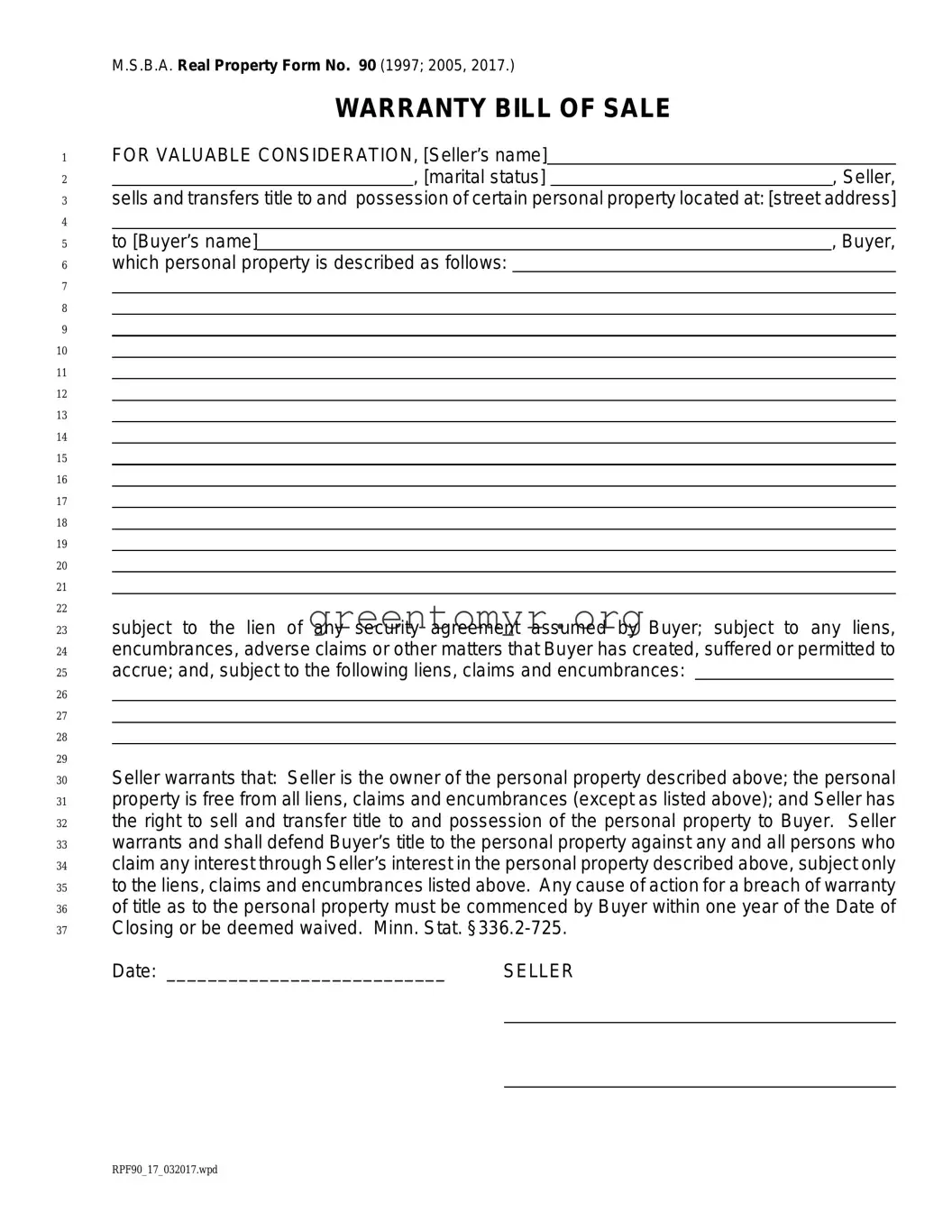Completing the BOS 90 form can be challenging. Many individuals encounter problems that lead to errors, which can delay processing or cause denials. Understanding common mistakes can help improve your chances of a smooth application process.
One frequent mistake is not providing accurate personal information. This includes incorrect names, addresses, or dates of birth. Each detail should be verified against official documents to avoid discrepancies.
Another common error involves failure to sign the form. Not only is a signature crucial for validation, but omitting it can result in the application being automatically rejected.
People sometimes neglect to read instructions thoroughly. Different sections of the BOS 90 form require specific information. Misunderstanding these can lead to missing data or unintentional errors in completing the form.
Filling out the form with an outdated version is another pitfall. Using an old version can mean that the applicant misses important updates or required changes. Always ensure the latest version is in use.
Applicants often make the mistake of overlooking additional documentation. Supporting documents are typically required to substantiate claims on the form. Not including these can hinder the entire application process.
Failing to double-check for typos and errors is another common oversight. Even minor mistakes can lead to confusion or misinterpretation of the information provided. A careful review before submission is essential.
Finally, submitting the form without a clear understanding of the deadlines can be detrimental. Each application has specific timelines, and missing these can result in unnecessary delays or even a loss of opportunity.
By being aware of these common mistakes, applicants can significantly enhance the accuracy and completeness of their BOS 90 form submissions.


